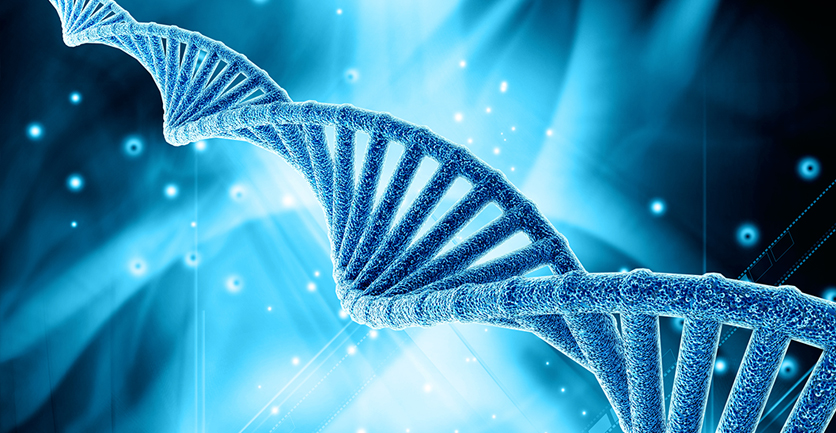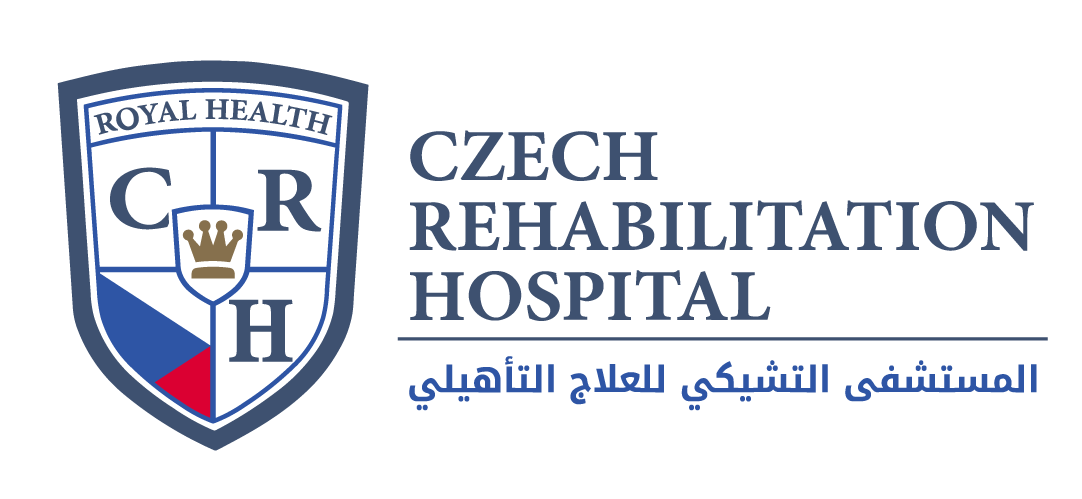
Regeneration involves delivering specific types of cells or cell products to diseased tissues or organs, where they will ultimately restore tissue and organ function. This can be done through cell-based therapy or by using cell products, such as growth factors, PRP or Stem cells. Regenerative medicine holds the promise of definitive, affordable health care solutions to promote the healing of injured tendons, ligaments, muscles, and joints, and it can be applied to various musculoskeletal problems.
The Regenerative Medicine Clinic, we use Platelet Rich Plasma (PRP) for wound and soft tissue healing, and adipose derived regenerative cells for interventional treatment of injuries and pain. PRP injections are prepared from one or two tubes of the patient’s own blood with aseptic technique. After being centrifuged, the activated platelets are injected into the abnormal tissue, releasing growth factors that recruit and increase the proliferation of reparative cells. Ultrasound imaging may be used to guide the injection.
Several recent clinical studies have demonstrated that PRP injections have improved function and decreased pain for various maladies, including – but not limited to – elbow, wrist, shoulder, hip, knee, and ankle Tendinosis. Recent work has also shown promise for early to moderate Osteoarthritis. The side effects of PRP injections are very limited as the patients are utilizing their own blood, which they should have no reaction to. Some relative rest is needed immediately following the procedure, usually followed by a progressive stretching and strengthening program.
Additionally, the stem cells hiding in your fat or the bone marrow can also be used for the purpose of regeneration and recovery from injury or disease.
This process involves taking a small sample of your abdominal fat, processing it through a machine and recovering micronized fat with the stem cells in it. Which can then be injected into a joint tendon and muscle as needed.


